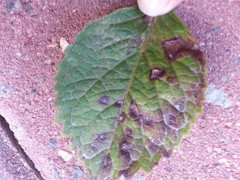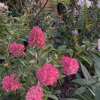anthracnose on hydrangea
sara82lee
10 years ago
Featured Answer
Sort by:Oldest
Comments (10)
gardengal48 (PNW Z8/9)
10 years agosara82lee
10 years agoRelated Professionals
Norfolk Landscape Architects & Landscape Designers · Milwaukee Landscape Architects & Landscape Designers · Otsego Landscape Architects & Landscape Designers · Rancho Cordova Landscape Architects & Landscape Designers · Roxbury Crossing Landscape Architects & Landscape Designers · Ashburn Landscape Contractors · Downey Landscape Contractors · Essex Landscape Contractors · Hicksville Landscape Contractors · Newberg Landscape Contractors · Parkland Landscape Contractors · Aliso Viejo Siding & Exteriors · Inwood Siding & Exteriors · Lincolnwood Siding & Exteriors · Lansing Siding & Exteriorssara82lee
10 years agosara82lee
10 years agosara82lee
10 years agoIanW Zone 5 Ont. Can.
10 years agosara82lee
10 years agoluis_pr
10 years agogardengal48 (PNW Z8/9)
10 years ago
Related Stories

FALL GARDENING5 Ways to Put Fall Leaves to Work in Your Garden
Improve your soil and yard the organic way with a valuable garden booster that grows on trees
Full StorySponsored
Columbus Area's Luxury Design Build Firm | 17x Best of Houzz Winner!
More Discussions










IanW Zone 5 Ont. Can.